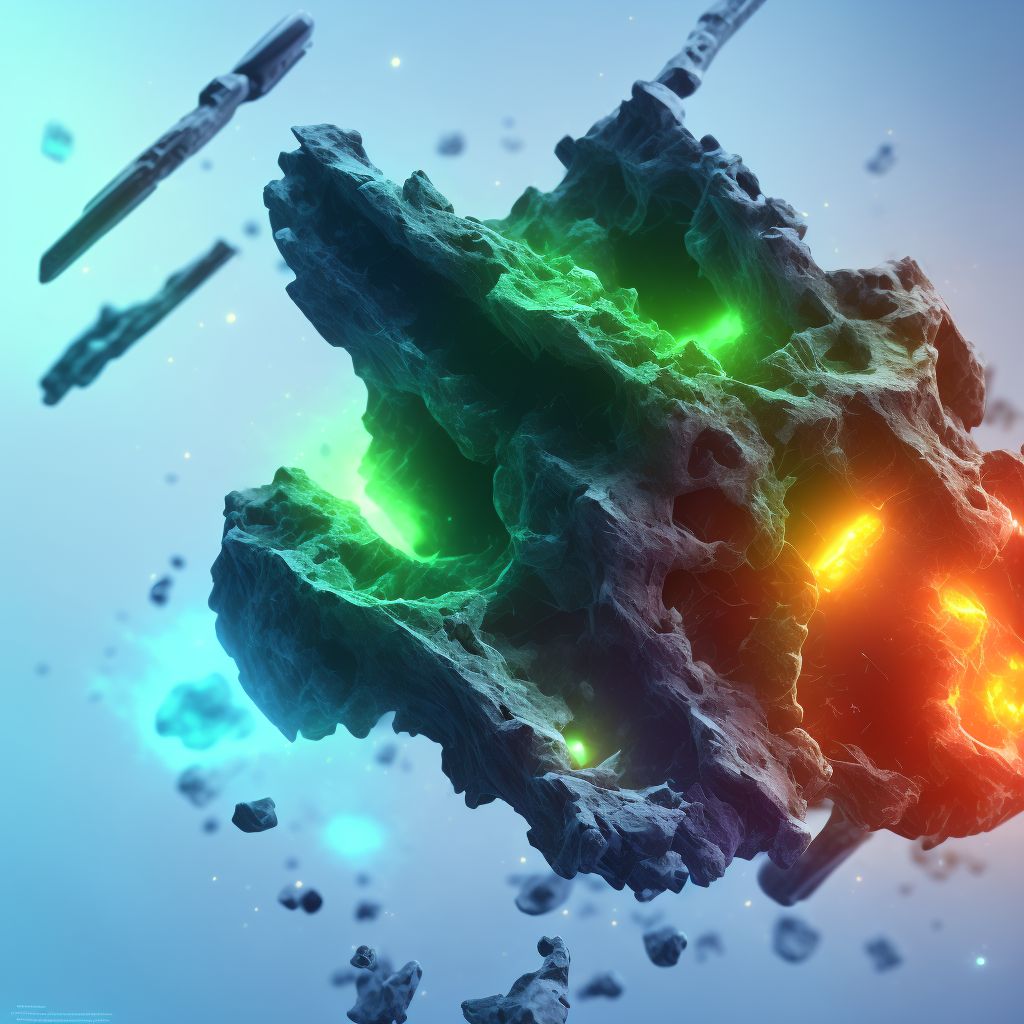
Nondisplaced bicondylar fracture of unspecified tibia, subsequent encounter for open fracture type I or II with delayed healing Save
ICD-10 code: S82.146H
Disease category: S82.146: Nondisplaced bicondylar fracture of unspecified tibia
Nondisplaced Bicondylar Fracture of Unspecified Tibia: Understanding Subsequent Encounters for Open Fracture Type I or II with Delayed Healing
A nondisplaced bicondylar fracture of the unspecified tibia is a specific type of leg injury that requires medical attention and subsequent encounters for proper healing. In some cases, patients with this fracture may experience delayed healing, which necessitates additional treatment and monitoring.
When it comes to bicondylar fractures, the tibia, also known as the shinbone, is affected. This type of fracture occurs when both the medial and lateral condyles of the tibia are fractured. While the fracture is nondisplaced, indicating that the bone fragments remain aligned, it still requires careful management to ensure optimal healing.
Patients with a nondisplaced bicondylar fracture of the unspecified tibia may require subsequent encounters for open fracture types I or II. Open fractures involve a break in the skin, increasing the risk of infection and complicating the healing process. Subsequent encounters are crucial to monitor the progress of healing and address any complications that may arise.
Delayed healing is a common issue associated with bicondylar fractures. It refers to a slower-than-expected recovery process, with the fractured bone taking longer to mend. Subsequent encounters for patients with delayed healing involve regular check-ups and examinations to assess the progress of the fracture and identify any potential obstacles to healing.
- Regular follow-up appointments: Patients with a nondisplaced bicondylar fracture of the unspecified tibia and delayed healing will have scheduled follow-up appointments with their healthcare provider. These appointments allow the medical team to monitor the fracture's progress and make necessary adjustments to the treatment plan.
- X-rays and imaging: X-rays and other imaging techniques are often used during subsequent encounters to evaluate the healing process. These tests provide detailed information about the alignment of the bone fragments and aid in assessing the extent of healing.
- Monitoring for complications: Delayed healing can increase the risk of complications, such as infection or malalignment. During subsequent encounters, healthcare professionals will closely monitor the patient's condition to identify any complications that may arise and take appropriate actions.
In conclusion, a nondisplaced bicondylar fracture of the unspecified tibia may require subsequent encounters for open fracture types I or II with delayed healing. These subsequent encounters involve regular follow-up appointments, X-rays, and monitoring for potential complications. By closely monitoring the healing process, healthcare providers can ensure the best possible outcome for patients with this specific fracture.
Treatment of Nondisplaced bicondylar fracture of unspecified tibia, subsequent encounter for open fracture type I or II with delayed healing:
Treatment Options for Nondisplaced Bicondylar Fracture of Unspecified Tibia, Subsequent Encounter for Open Fracture Type I or II with Delayed Healing
If you've recently been diagnosed with a nondisplaced bicondylar fracture of the unspecified tibia, subsequent encounter for open fracture type I or II with delayed healing, you may be wondering about the available treatment options. ...
To see full information about treatment please Sign up or Log in